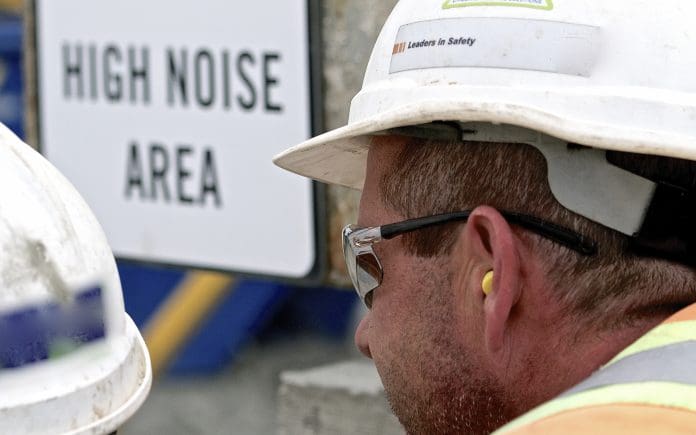The tide of public opinion towards noise pollution is turning at an ever-increasing pace – but one form of protection often overlooked by construction firms is a commitment to legislative compliance in the form of a Section 61 agreement. Dusan Durdevic, associate at urban planning consultancy Urban Thinking, looks deeper into why Section 61 agreements should form a central part of every planning application
One thing I have learned never to overlook is the importance of a Section 61 agreement. Particularly when it comes to protecting your business from noise abatement notices and subsequent delays to time-critical programmes of work.
Indeed, I have seen first-hand how businesses that do not take their responsibilities to combat the impact of noise, dust and vibration on key stakeholders can seriously harm their bottom line and their public perception in the long run.
Our towns and cities are becoming undeniably noisier. The public is growing increasingly aware of the dangers noise pollution can have on their physical and mental health and is rightfully becoming more vocal about the issue. As that pressure increases, it can only mean a more positive outlook for those who are willing to hold themselves accountable and take their corporate responsibility seriously.
If being a responsible business does not encourage you to take steps to combat the impact your project has on local communities then the financial risks of ignoring those responsibilities certainly should.
What are the risks of operating without a Section 61 agreement?
Carrying out works without a Section 61 agreement opens your business up to serious risks – especially given stakeholders’ focus on ensuring unnecessary noise pollution is avoided as much as possible.
First and foremost, a Section 61 agreement means your business is protected from legal action being taken under Section 60 of the Control of Pollution Act 1974 and Section 80 of the Environmental Protection Act 1990.
Section 60 notices can completely halt any on-site activities until the local authority is satisfied that mitigation efforts have been made. I shouldn’t have to stress just how serious an impact that can have on lost time and money – as well as subsequent harm to positive relations between contractor and developer.
In less extreme cases, notices can prevent the use of certain machinery on site or place restrictions on the hours work can take place.
An ever-increasingly important factor to consider is the reputation of your company. Having a Section 61 agreement in place shows your business takes its impact on communities seriously and, in turn, presents the public image of a responsible contractor keen to ensure legislative compliance.
What should a successful application include?
An application should be made within 28 days of you intending to start work on your project – with those who have already begun work prior to applying facing an immediate rejection.
It is vital to not overlook the importance of your submission – no stone should be left unturned.
Your application should include all details of your work and the methods you will use to complete it.
Likewise, it should include a full noise, dust and vibration monitoring and mitigation plan, identifying the sources of noise, dust and vibration and the areas which will be most affected by them, ie apartment blocks in the vicinity, local schools or offices.
From there you can detail the steps you will be taking to mitigate the problems. That could be installing acoustic barriers or putting monitoring systems in place to prevent noise from reaching dangerous levels.
Dusan Durdevic 
Associate
Urban Thinking
Tel: +44 (0)208 408 7111







![[VIDEO] Local planning inspector recruitment to begin in earnest in new year A drive to recruit local planning inspectors will begin in the new year](https://www.pbctoday.co.uk/news/wp-content/uploads/2025/12/iStock-2159482095-2-218x150.jpg)


![[VIDEO]Government launches new online appeal service for local planning authorities Group of young coworkers using computers in their group office, representing the new online appeals service](https://www.pbctoday.co.uk/news/wp-content/uploads/2025/12/iStock-2191280160-218x150.jpg)



